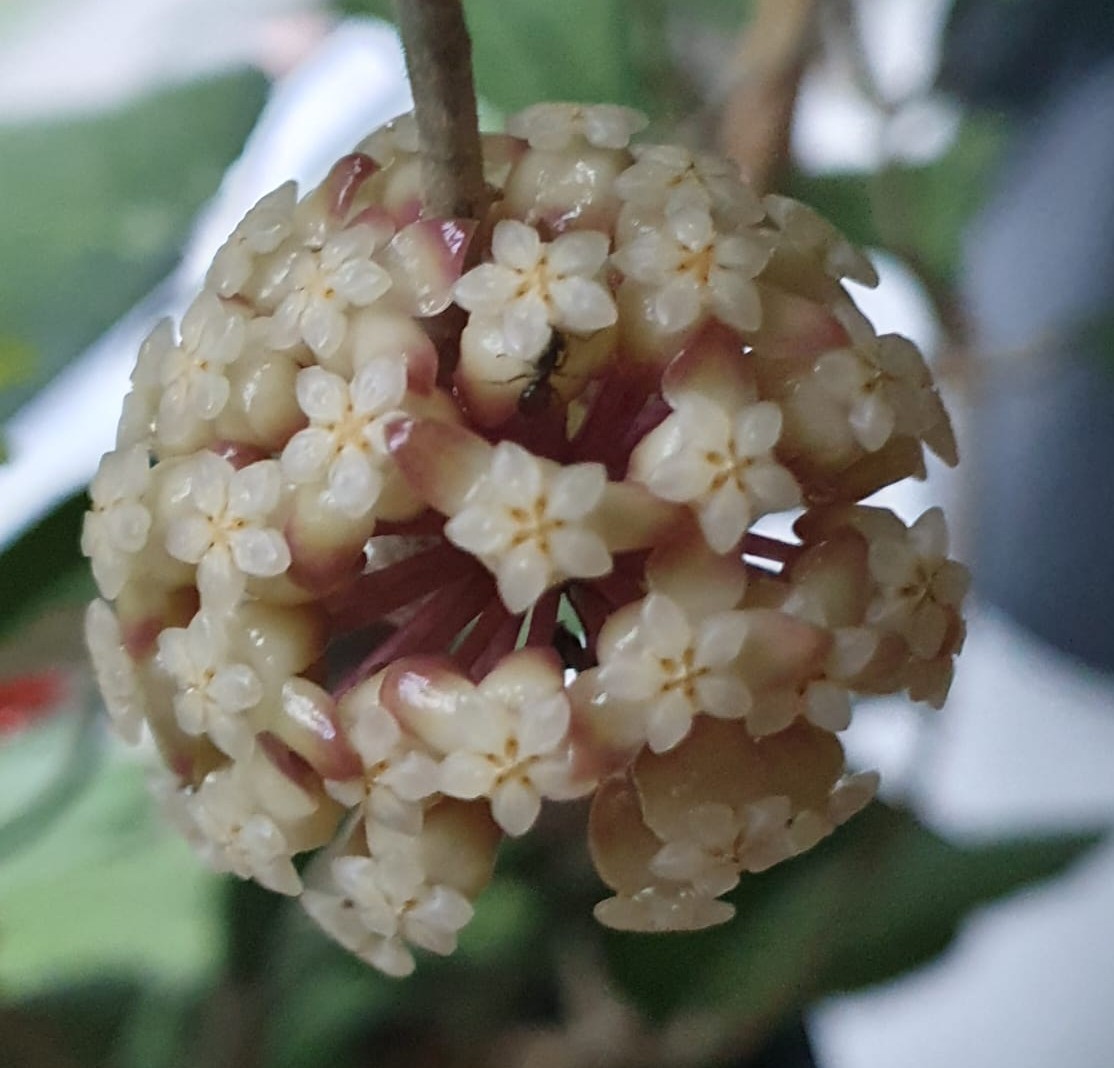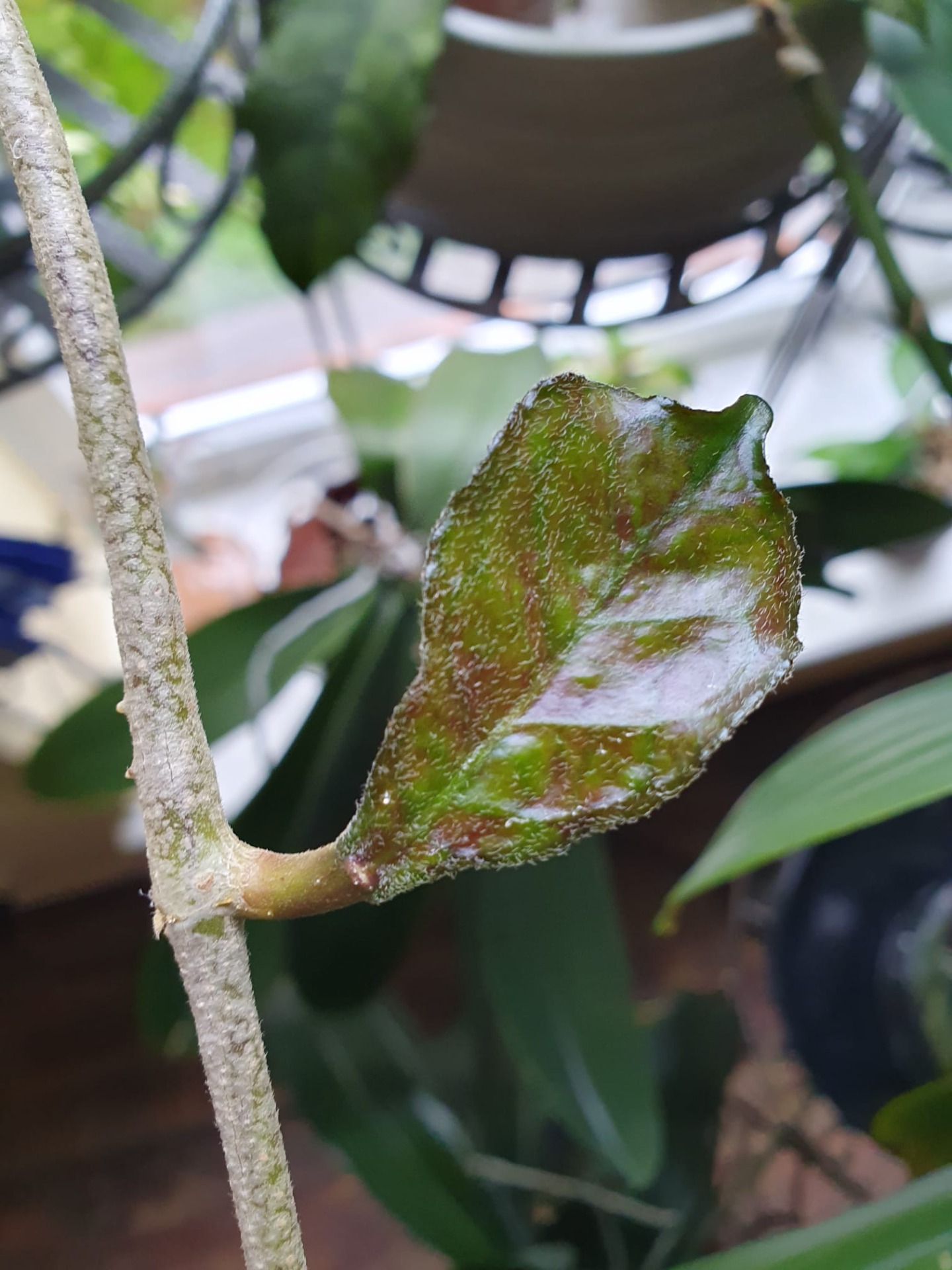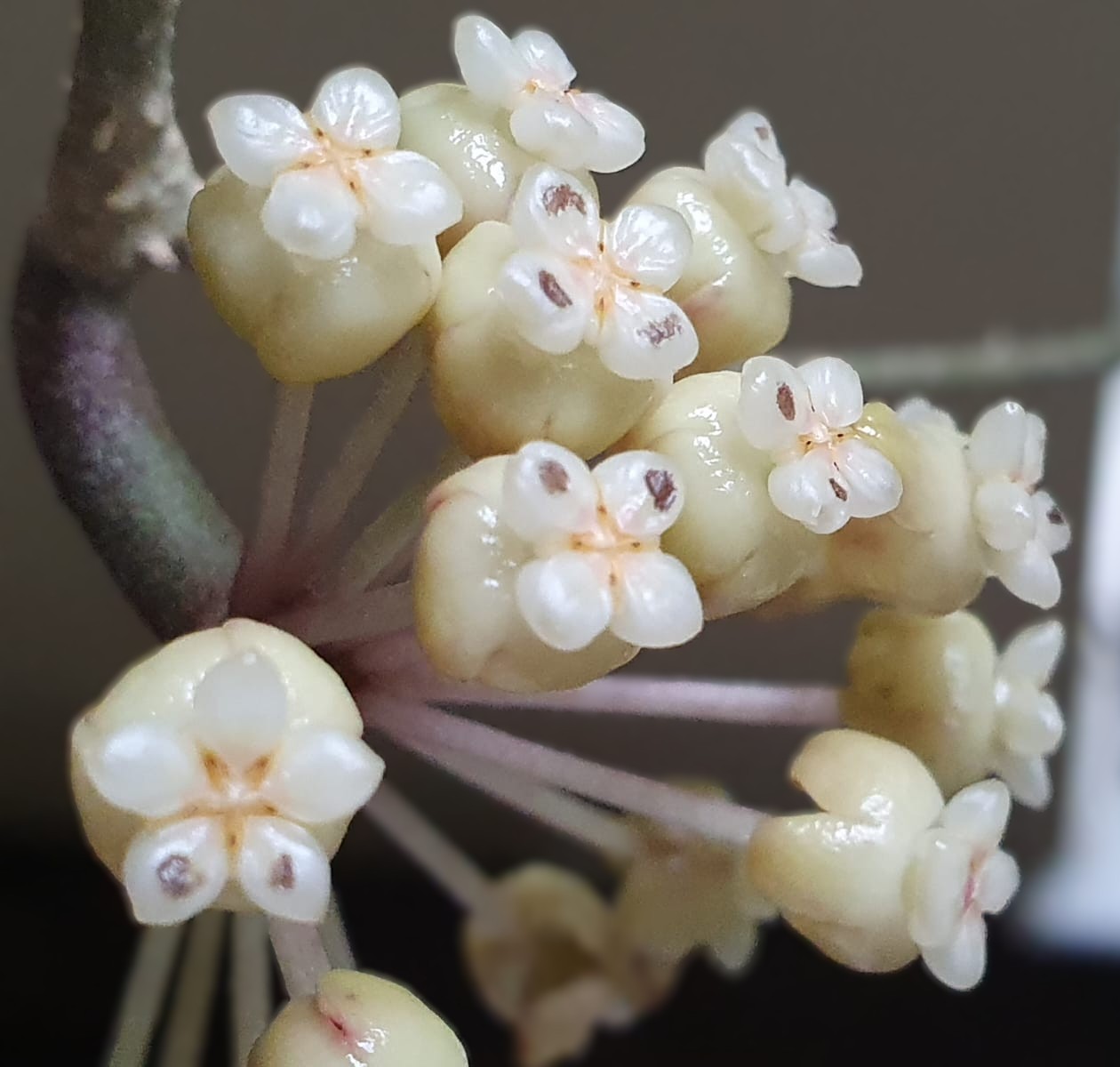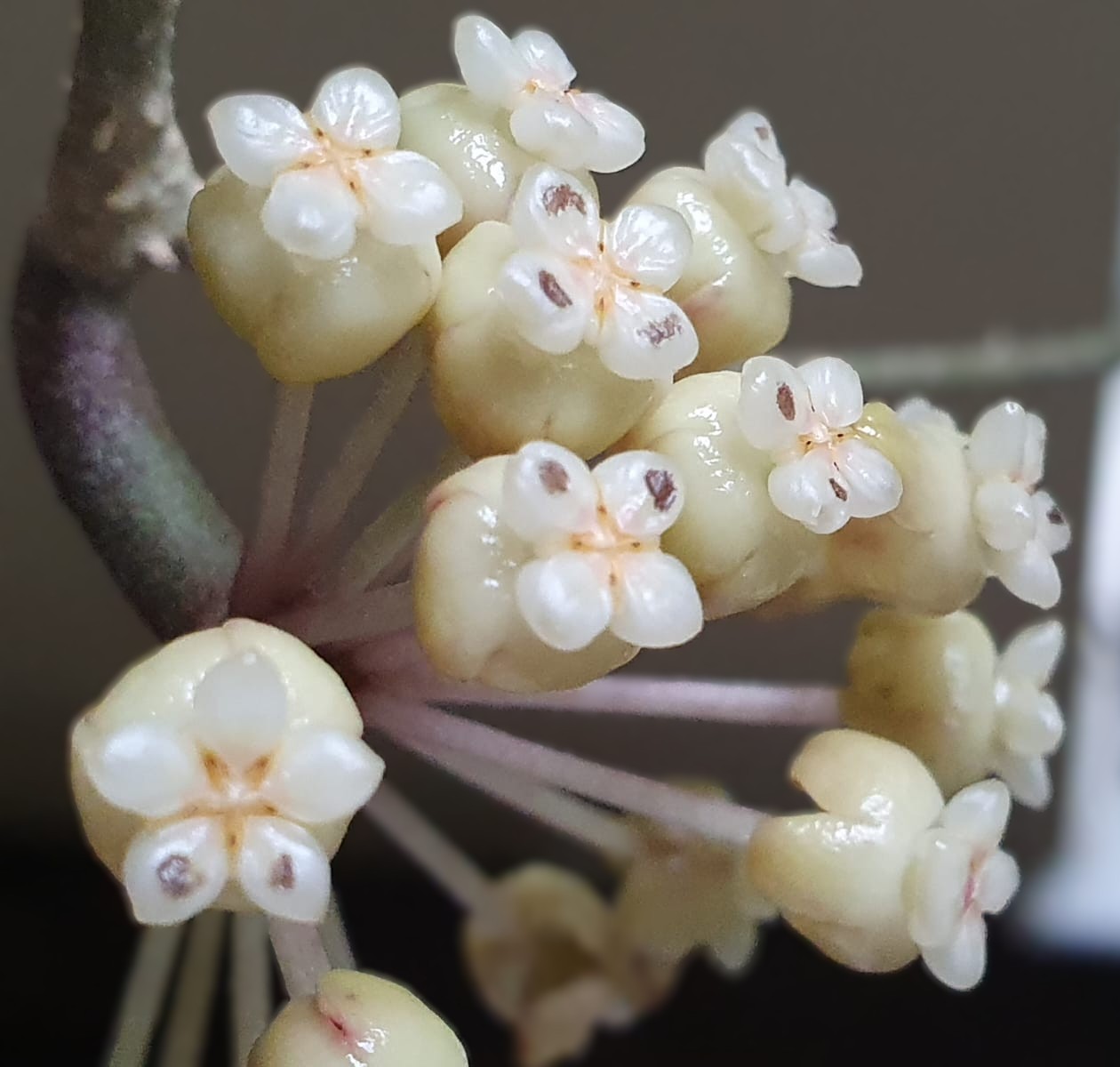
About watering hoyas
How do I water my hoyas? How do I provide my hoyas with Asian or Australian climate conditions at home?
Watering is a very, very important process in growing hoyas. When it comes to watering hoyas, there is no universal recipe here either, but there are several general principles that I try to follow.
1) Most hoyas like to be watered thoroughly, but then the substrate should be allowed to almost dry out, thus somewhat imitating the change of monsoon periods with the dry season in their homeland. This can be achieved well by putting the hoya in the shower. Hoya really likes taking a shower with warm water. Before the shower, I don't water the hoya for a while, so that it is dry, then I take a good shower, and then I let the substrate dry out again. Of course, this spa procedure:) happens to my hoyas about 2-3 times a season, no more, because it is quite a time-consuming event.
2) If the hoya is in a dormant period - for example, it grows on a windowsill and it is winter - then watering will be rare and relatively small, and my hoya will only need a shower if the leaves have really become dusty. And vice versa - if the hoya is growing (new leaves, shoots, flowering), usually this is in the summer season, then water consumption is higher.
3) There are hoyas that definitely do not like to dry out - the so-called moisture-requiring hoyas. For example, the hoya Meredithii GPS1105, which comes from the rainforests of Borneo, will need more frequent watering. My mother plant grows in a potting soil mixture and I keep it slightly moist on a regular basis, but the cutting grows in a pine bark mixture, where a couple of roots have even reached the water in the second cup and feel very good that way.
Above are some pictures of rooted cuttings, which show the watering option during the summer period, when you can afford to slightly extend the moisture period for the hoya. Once the water is drunk from the outer pot, I will let the substrates of the hoyas Carnosa Crimson Queen and Merrillii dry out a little, but I will add water again for the hoyas Meredithii GPS1105 and Forbesii EPC-540, as both are more moisture-demanding hoyas. The hoyas Merrillii and sp. Sarawak pink (Latifolia) are planted in pots without drainage holes, respectively, there is no outer pot in which excess water accumulates, so I determine the watering time by feeling the top layer of the substrate or by looking at how the color of the ceramis added to the substrate has changed (as the ceramis dries, it turns light). The hoya sp. Sarawak pink (Latifolia) currently needs to be watered 2x more often than the Merrillii, because there are more roots and the leaf itself is larger, respectively, it consumes water faster.
4) There are hoyas that consume very little water, which require relatively rare and small watering, even regardless of whether they have a dormant period or it is the summer season and they are growing. Such a hoya in my collection is hoya sp. DMC5655B. As far as I have researched, it is a hoya of the Finlaysonii group, but it consumes water very modestly compared to other Finlaysonii hoyas. I water my mother plant once every two weeks during the summer season during the growing period, because the substrate (bark mulch mixture) is moist enough for quite a long time.
5) The amount and frequency of watering also depends on the substrate in which the hoya is growing. My hoya Macrophylla Snow Queen mother plant grows in a large pot in a substrate, the basis of which is potting soil and various additives (see the blog post About substrates), which maintains moisture longer. I check the top layer of the substrate with my finger, if it has dried out - I water it, if it still seems moist, temporarily for a day or two. In the summer, it should be watered about once a week, in the winter sometimes even less often - once every 2 weeks, because this hoya loves to be given a short dry period of a couple of days between waterings and does not like to be watered too much and often. In turn, the substrate, which is based on pine bark and various additives, in the summer, when hoyas grow, sometimes even needs to be watered twice a week.
6) The temperature and humidity level of the environment in which the hoya grows are also important for watering hoyas. In the summer, when I have windows almost constantly open, when the thermometer on the windowsill shows +25, but the air humidity meter is close to 70% and, accordingly, almost all hoyas are growing, there are hoyas that need to be watered even twice a week. For this purpose, I use a clock, next to which measurements of both indicators are also visible.
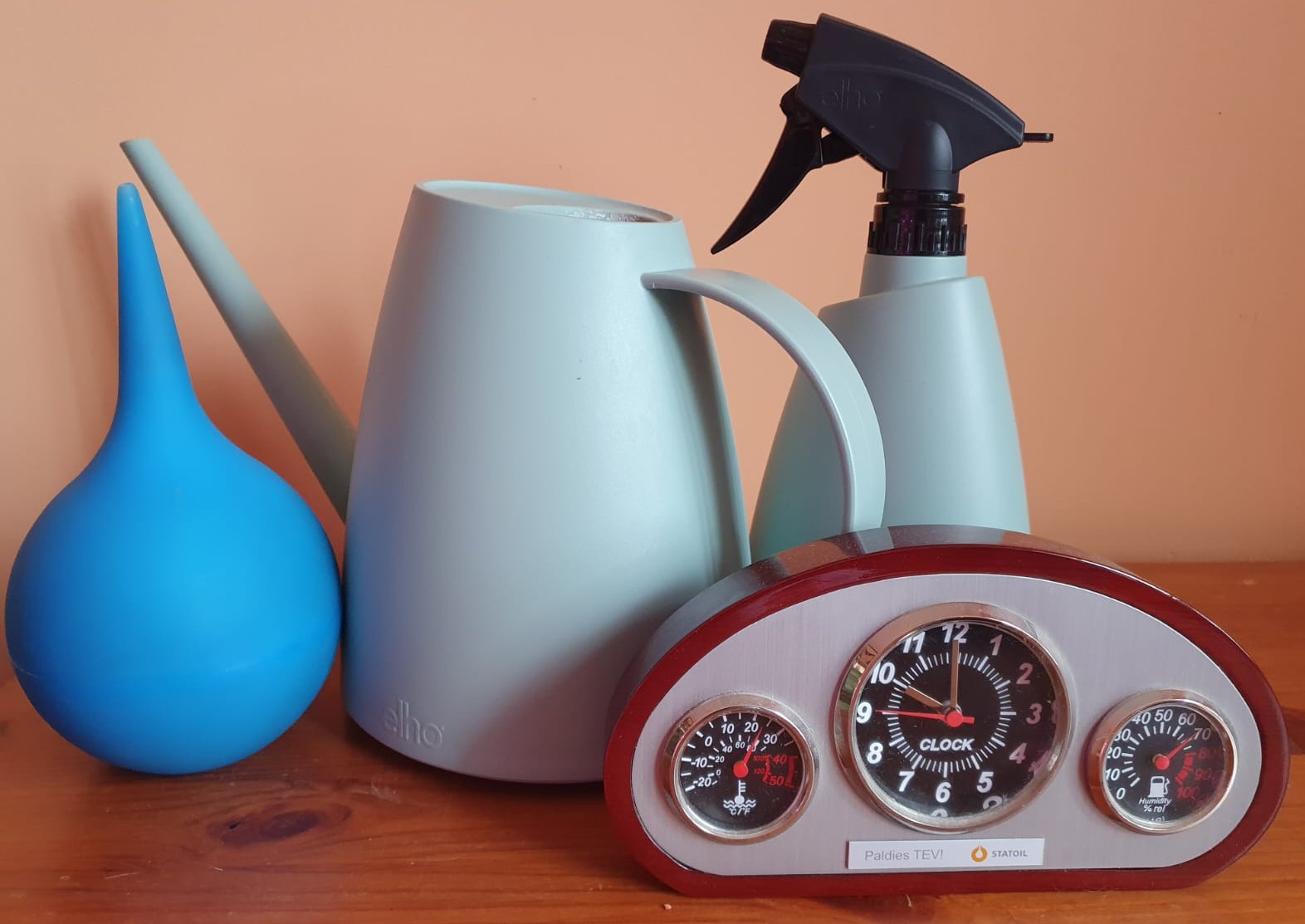
7) The amount of watering will also depend on the lighting. If the hoya grows under artificial lighting (plant lamps), then it does not have a pronounced rest period, and accordingly, its water consumption is greater.
8) Pot size - the larger the pot in which the hoya grows, the less water it will probably need, because the roots have not filled the entire pot, and therefore the water is retained in the substrate for longer. And vice versa - if the hoya has begun to strongly demand regular watering, it is probably time to transplant the hoya into a slightly larger pot.
9) I water large hoyas with a watering can, but I use a rubber enema canister to water small pots, because otherwise it is easy to overwater the young hoyas.
In summary - I am one of those growers who really likes to water and who always walks around with a watering can in their hands:), but there are hoyas that really don't like this kind of watering. And then they show their attitude with yellowing young leaves that eventually fall off, show their unwillingness to grow, withering young mustaches or in more severe cases, with their roots dropping and soft leaves that have lost leaf turgor, and then I immediately correct myself and water less often and less, and let the hoya still experience its dry period once again:).
The above recommendations are as general principles that I take into account when watering my hoyas, gaining experience over time in the conditions of my hoya cultivation. However, there is a lot of and various information available on other sites, you just have to choose the best option for your hoyas in your conditions!
Good luck:)
